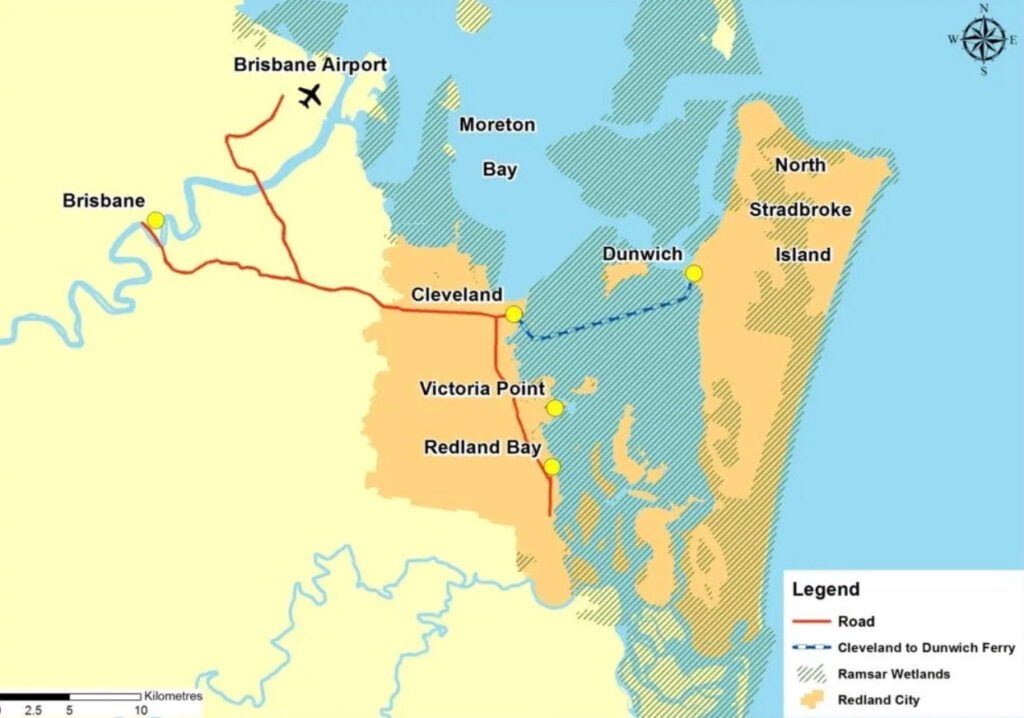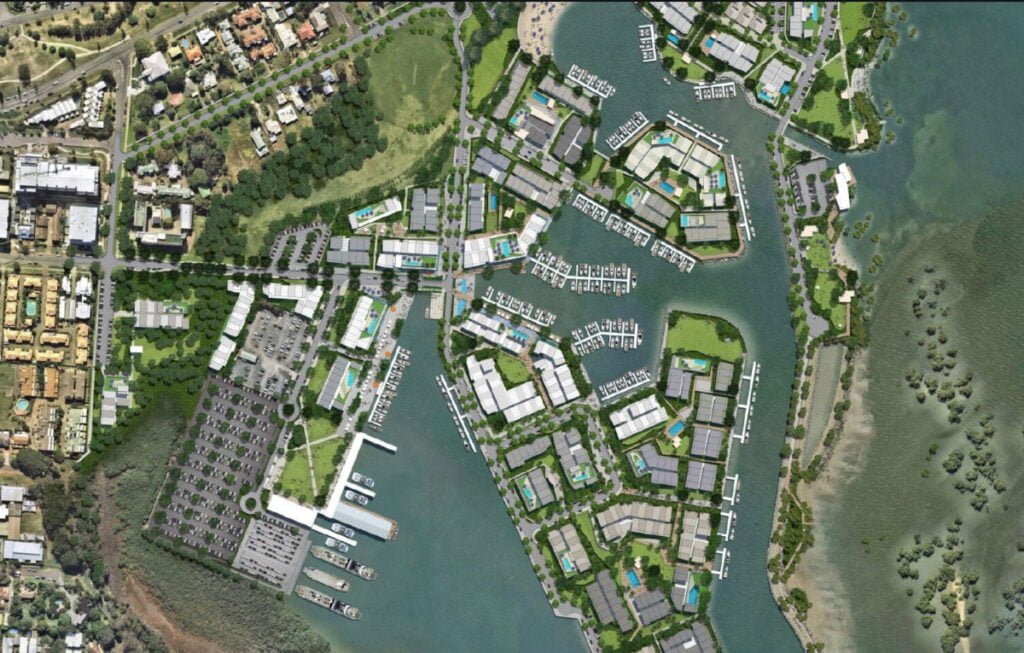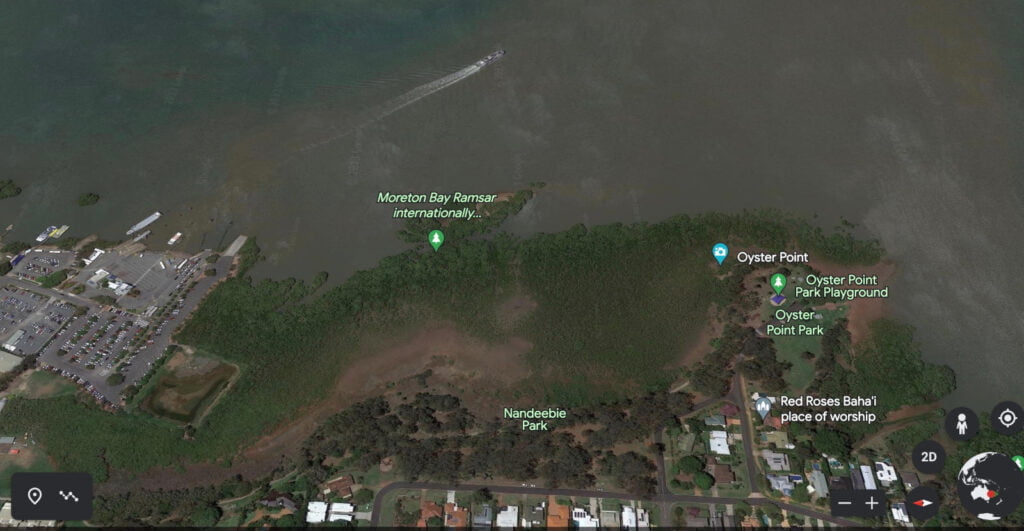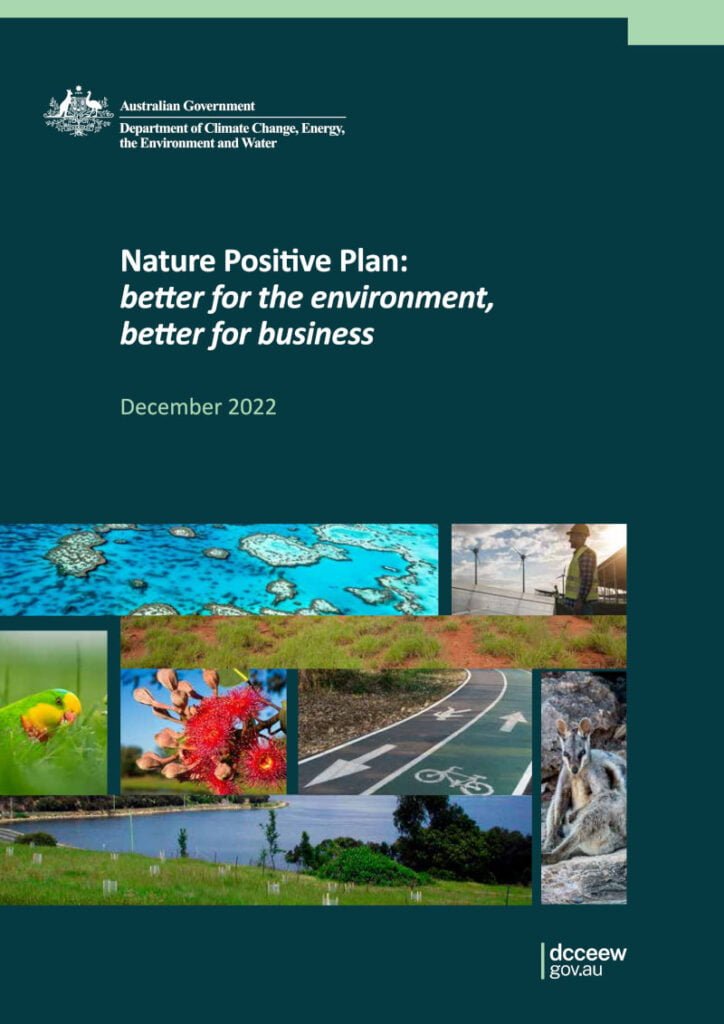Fatally flawed wetland venture
Federal Environment Minister Tanya Plibersek will have the final say on whether a $1.4 billion private development on Ramsar-listed wetlands in Toondah Harbour – gateway to Moreton Bay and its islands – can go ahead.
Her decision will test federal Labor’s commitment to environmental protection and its observance of Australia’s environmental treaty obligations, and could have major ramifications for the future of existing and proposed Ramsar sites.
Sites like our very own Mambo Wanda wetlands, for which a Port Stephens community working group is seeking Council in-principle approval for Ramsar listing.
The guiding philosophy of the Convention on Wetlands – an intergovernmental treaty – is the “wise use” of wetlands.
The development, planned by Walker Group, is for 3,600 luxury residences including high-rise apartments, a hotel and conference centre, retail space and 400-berth marina on canals in the bay.
It has the support of the Queensland state government and Redland city council, who seem to have no qualms about the destruction of 42 hectares of the Ramsar-protected site.
‘Controlled action’
It also had the support of former Federal Environment Minister Josh Frydenberg who controversially decided to ignore Departmental scientific and legal advice that the scheme was clearly unacceptable under the Environmental Protection and Biodiversity Conservation Act 1999 (EPBC Act) and to declare a referral of the Toondah scheme a ‘controlled action’.
This meant that further assessment would occur instead of immediate rejection.
The Environmental Defenders Office (EDO) says the development would have significant impacts on many vulnerable species, including the harbour globally migratory birds, its turtles, dugongs and koalas.
EDO has been working with local community and environmental groups since the development was first proposed in 2015.
However, Walker Group has released an environmental impact statement (EIS) it says proves the proposed development would benefit the region with little impact on endangered species.
‘Transformational’ benefits
Walker Group has a website going into great detail, with pictures about the proposed development’s ‘transformational’ benefits. These include “stunning new foreshore parklands with a lagoon and water play area, walking, cycling and heritage trails, contemporary waterfront homes and marina coves”.
According to a statement by the Group’s Toondah Harbour spokesman Dolan Hayes the EIS was “based on the indisputable evidence of 11 independent scientists giving their tick of approval to the new Toondah Harbour”.
He said “scaremongering” about environmental impacts on koalas, bird life and marine ecology was disproven in the statement. Dredging for the project through the harbour would result in a “permanent direct impact” on 25.6 hectares of tidal flat habitat within the Ramsar wetland that feeds migratory shorebird species, which the EIS noted was 0.18 per cent of the Ramsar habitat.
The draft EIS was available for public comment until 6 December 2022 and Walker Group is now preparing the final EIS, for which there is no set time frame.
Minister Plibersek will have to carefully consider the final EIS, all public comments, relevant statutory and policy documents, and Australia’s obligations under the Ramsar Convention, before making a decision on whether the proposed development can proceed.
Claims are ‘fantasy’
Australian Conservation Fund chief executive Kelly O’Shanassy says Walker Group’s claims that there would be little environmental impact are “fantasy”.
She told ABC Radio Brisbane said it bears no relation to reality to say 3,600 high-rise apartments built at a world-renowned feeding ground for migratory birds will have no impact on those birds.
“Every summer for hundreds – possibly thousands – of years, eastern curlews and grey-tailed tattlers have recuperated at the site after their epic journey to the northern hemisphere.”
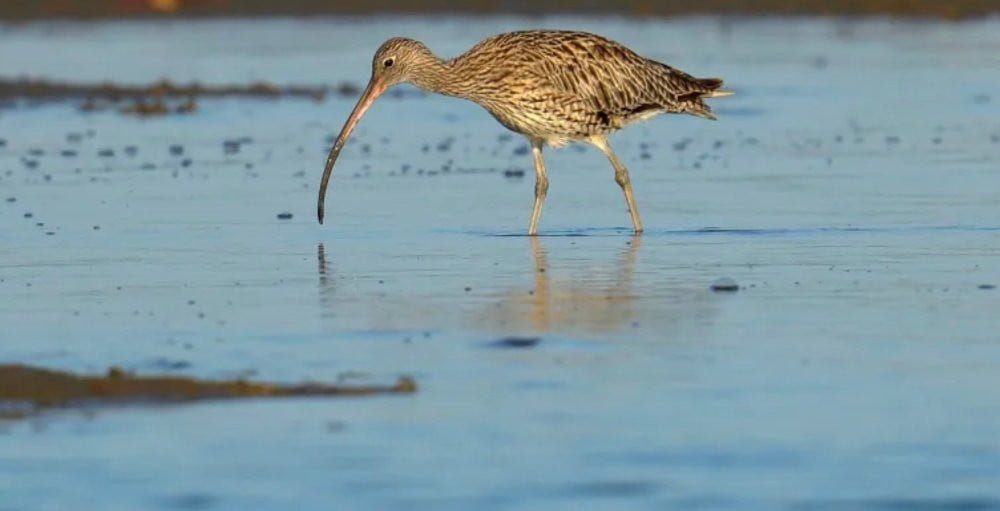
There has been considerable local opposition, with 62,871 people signing the Save Moreton Bay – Stop Toondah Harbour development petition.
The Australian Government’s central piece of environmental legislation is the EPBC Act. It provides a legal framework to protect and manage matters of national environmental significance, including nationally and internationally important flora and fauna, migratory species and Ramsar wetlands.
Fatal flaw
It seems there is a fatal flaw in the Toondah Harbor proposal, which could well see it consigned to the rubbish bin of grandiose real estate schemes.
For insights into the fatal flaw, we are indebted to retired lawyer Richard Carew, secretary of the Stradbroke (Terrangeri) Environmental and Cultural Protection Association Inc.
Carew says Frydenberg, a former lawyer, understood the significance of Australia’s obligation under the Ramsar Convention and an Australian legislative requirement on him not to act inconsistently with those obligations.
In a letter to the then Queensland Environment Minister Steven Miles released under Freedom of Information laws, Frydenberg refers to an option that a case be developed to amend the boundary of the Ramsar wetland. This would enable him to get around his obligations under Section 138 of the EPBC Act, not to act inconsistently with Australia’s obligations under the Ramsar Convention.
‘Urgent national interest’
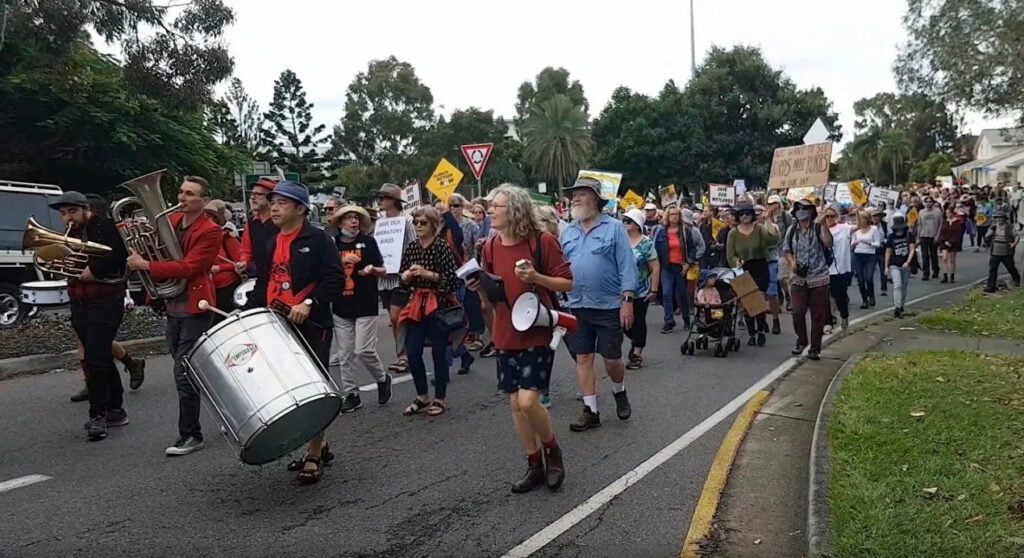
Another walk is scheduled for 14 May this year
He further mentions that any such proposal is required to demonstrate that the change is in the ‘urgent national interest’ (our emphasis). Steven Miles acknowledges this in a subsequent reply.
What they are referring to, says Carew, is about Australia’s obligation in Article 2.5 of the Ramsar Convention, not to “delete or restrict” a Ramsar site boundary unless for “urgent national interests”.
Says Carew: “The context of this obligation includes the Convention’s general obligations of ‘conservation’, ‘wise use’ and maintaining the ‘ecological character’ of wetlands.
“Importantly, a primary purpose of the Ramsar Convention is “to stem the progressive encroachment on and loss of wetlands now and in the future”. Article 2.5 reinforces, in a very specific way, the general obligations and this is why it is so important.
“There is no wiggle room.
“Article 2.5 and section 138 together create the fatal flaw in the Toondah scheme.”
Absurd proposition
It is an absurd proposition, as Carew points out, to suggest that a private profit real estate scheme on top of publicly owned, internationally recognised and protected wetlands could be in our urgent national interests.
The Ramsar Secretariat has informed Walker that ‘urgent national interest’ had never been invoked by any signatory nation to delete or restrict a Ramsar site boundary. Conference of Parties resolutions confirm that signatories consider it to be a very high bar.
Carew makes the point that if Minister Plibersek were to approve the Toondah scheme, apart from other consequences, she would trash her reputation and that of the Albanese Government – and create a dangerous precedent for Ramsar sites, of which there are 67 at last count.
Walker and the Queensland Government did try a different tack – claiming there was a mistake in the drawing up of the Ramsar boundaries at Toondah and/or these wetlands had completely lost their environmental attributes, but it didn’t stand up.
The amended EIS is unlikely to be completed before the end of 2023, after which Minister Plibersek will make her decision.
There will be repercussions, whichever way it goes.
References & Useful Links
ACF – Toondah Harbour: paving paradise
ABC – Toondah Harbour developers say environmental impact statement proves project safe for wildlife
https://theaimn.com/rejection-of-toondah-will-reset-labors-soul-in-redlands/
Redlands2030 – Fatal flaw in Toondah Harbour real estate scheme
Pers. Com. Richard Carew, Stradbroke (Terrangeri) Environmental and Cultural Protection Association Inc.
Pers. Com. Leanne Hayes, Toondah Harbour Assessment, Department of Climate Change, Energy, the Environment and Water
Should a wetland home to endangered birds become 13bn worth of shops high-rises and a marina? – The Guardian 27 May 2023
A proposed housing and marina project near Brisbane is shaping up as a test case for Australia’s international environmental treaty obligations. The Toondah Harbour development would encroach on wetlands listed for protection under an international treaty. Watch it here: Save Toondah – ABC 7.30 Report 25 April 2023.
New broom to clean up the environment
Australia’s environmental laws are about to be overhauled.
The idea is to make them “nature positive, where we protect our land and leave it in a better state than we found it,” according to Tanya Plibersek, Minister for the Environment and Water.
When that happens, development proposals like Toondah won’t make it to first base. And wetlands like Mambo Wanda will be safe from encroachment by commercial or other interests (not that any are expected).
The Minister is quite explicit about implementing the reforms contained in Professor Graeme Samuel’s 2020 review into the Environment Protection and Biodiversity Conservation Act 1999 (EPBC Act).
Professor Samuel concluded that the EPBC Act, Australia’s central piece of national environmental law, is outdated, ineffective, and requires fundamental reform.
The previous government failed to act on the review, but Minister Plibersek has expressed a determination to arrest native species extinction, habitat loss and cultural heritage destruction with amended legislation.
Her aims are contained in a document, Nature Positive Plan: better for the environment, better for business.
The reforms will be guided by three essential principles:
- Delivering better environmental protection and laws that are nature positive
- Speeding up decisions and making it easier for companies to do the right thing
- Restoring integrity and trust to systems and environmental laws
In addition to amendments to the EPBC Act, the Government will develop National Environmental Standards to improve protections and guide decision-making and establish an Environmental Protection Agency (EPA).
The National Environment Standards will underpin the environment law reforms. The EPA will be an independent statutory entity, a tough ‘cop on the beat’, responsible for compliance and enforcement under the new Act.
A package of new national, environmental legislation will be prepared this year, with “extensive consultation with stakeholders around the detail of the legislation”. Draft legislation will be released to enable further consultation and detailed feedback, prior to introduction into the Parliament before the end of the year.

